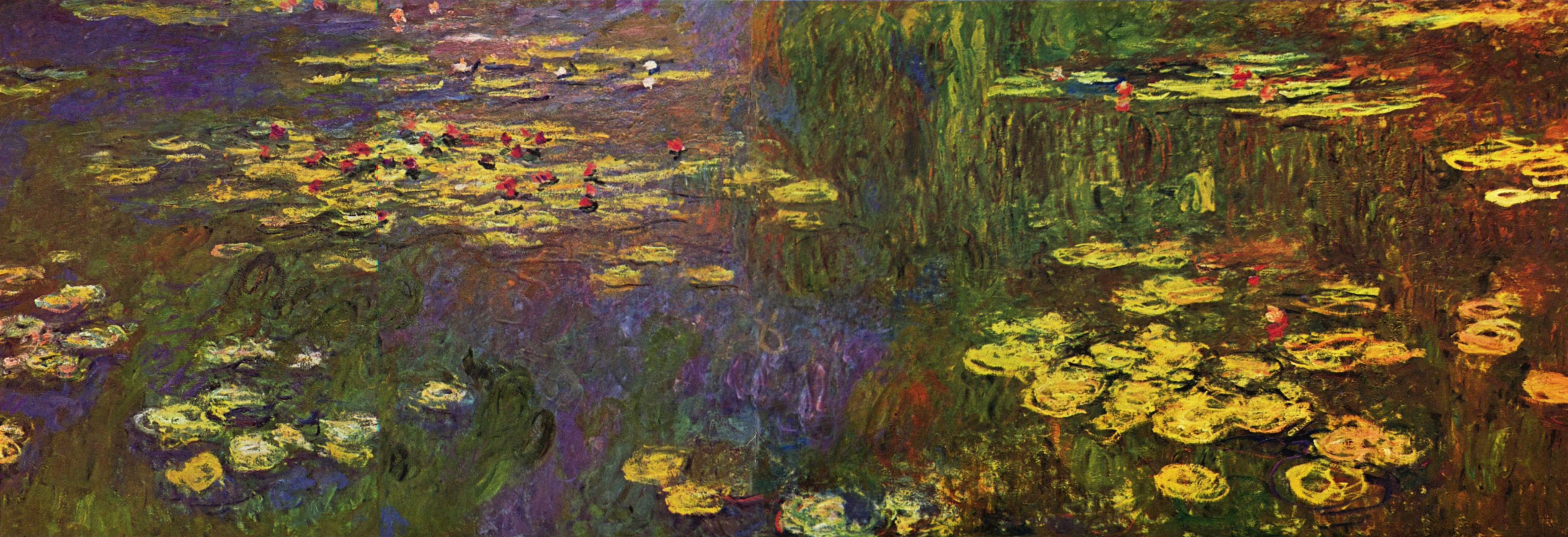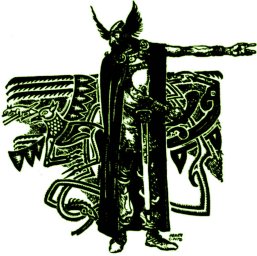I apologize again for not making time for reflection today. I need to get that worked out. It is so important that you get a chance to reflect on how our discussion went and what Heavenly Father would like you to get out of class that day - something to apply so that all of this learning in class is for something.
Here are a few of questions that I invite you to pick from and write in your reflection books about today (since we didn't get to it in class):
-What can I do to fill my mind with uplifting things more often? (You may consider the music you own, the books you read, how you spend your time, what you watch, etc).
-What "ity" virtue can I work on tomorrow? How will I do it?
-What song will I memorize and sing to myself when bad thoughts come to my mind?
-How can I remember to live more in the moment? How can I be sure to have the Spirit with me at the present moments of my day?
I have more, but I'm sure you could think of some of your own or just write whatever it is that you got out of class today. The Spirit may have something different that he was telling you as we discussed things, so just write what you feel inspired to do because of class today. If you have more questions for others to consider, please post them on a comment below - or if you have any ah-has or other thoughts you wouldn't mind sharing from your reflection.
Wednesday, October 17, 2012
Saturday, October 13, 2012
October Journeyman Art Inspirements
I am basing the drawing class off of chapter four from Drawing on the Right Side of the Brain. If you have time, please do one of the inspirements!
Read: Chapter 4 of Drawing on the Right Side of the Brain
Then choose one (or more) of the following:
-Do the drawing exercise on page 50, "Vases and Faces." Did you struggle with the second part of the face? Why or why not? If you did struggle, how did you solve the problem?
-Choose something from the room you're in and draw it. Ask yourself one or more of these questions as you draw. Where does the line/curve start? How deep is the line/curve? What is that angle relative to the edge of the paper? How long is that line relative to the one I've just drawn? Where is that point as I scan across to the other side--where is that point relative to the distance from the top (or bottom) edge of the paper? (see pg. 54) Share your results with someone (or in Vanguard). Did the questions help you to make your drawing more accurate?
-Try to go without speaking for one hour. During that time, do something that stimulates the visual side of your brain, like taking a walk, sketching, sitting outside, listening to music, reading, etc. If you were able to switch to Right Brain Mode, how did you feel? Did you notice anything different? Write down or explain to someone your experience.
-Write something in cursive and then in your regular handwriting. Try reading it upside down. Can you read it? Try to copy the sentence you just wrote in cursive, but do it upside down (see pg. 57, fig. 4-5). Does it look like the original?
Remember to bring your sketchbooks, pencils and erasers!
-Carmody
Saturday, October 6, 2012
October Apprentice Inspirements
Read:
Music Talks chapters 6-9
Spritual Lives of the Great Composers: Bach
The Three Questions by Tolstoy or listen here (it's the third story from the bottom):
Find your favorite quote from the readings then
do one of the following:
-In the story by Tolstoy, answer the three questions yourself before reading the answers that the king comes to find. Draw a graphic summary of the story or act it out. In the end tell us - were your answers similar? Different? Why? Do you agree with the answers the king found?
-Find a favorite song by Bach. You can find many here. Play a portion of it in class (on an instrument or a recording), tell us why you like it.
-Chapter 7 of Music Talks states that "all things are made of thought", research ways to control your thoughts (or to put on the helmet of salvation). Share with us what you learn.
-Find a song (new or old) that fits the description of a "classic" as described in Chapter 8 of Music Talks. Share some of it in class. Why do you think it qualifies as a classic?
-How do you increase your power? Present you ideas to the class and see if you can use Tolstoy's story as well as Chapter 9 of Music Talks to back up your ideas.
October Journeyman Inspirements
Read:
Chapters 3 of Drawing on the Right Side of the Brain
Chapter 7 of the Story of Art or read about Chinese painting on this site:
http://www.metmuseum.org/toah/
Watch the video Jill Bolte Taylor's stroke of insight (check with your parents first)
http://www.ted.com/talks/jill_bolte_taylor_s_powerful_stroke_of_insight.html
Then choose one of the following:
-Explain, in your own words, one of the brain experiments described in Chapter 3 to the class.
-Take a test to see if you are more right-brained or left-brained
http://frank.mtsu.edu/~studskl/hd/hemispheric_dominance.html
and tell us what this means about your strengths and what you can do to improve your less-dominant side (and why you would even want to). FYI: Chapter 4 of Drawing on the Right side of the Brain has some ideas on how to strengthen your right side.
-Do you see any connections between The Three Questions and Right-brained and Left-brained thinking? Explain your answer.
-At the end of the video, Dr. Taylor asks, "Which would you choose? Which do you choose? And when?" Do you think there are times to tap into one side of our brain more than another? Do you think one is better than the other? Why do you think Heavenly Father gave us these two very different brains in one mind? Share your thoughts.
-Chapter 7 of the Story of Art and the internet article talk about how the Chinese capture the "essence" of what they were drawing. After reading one of these: 1) find a favorite Chinese painting (there are several on the site) and share it in class, as well as why you like it. OR 2) Draw a picture in the way described in chapter 7 - study an object for a while, observe and memorize the details. Then, without looking at it, try to recreate it on paper, capturing what you saw in it.
Chapters 3 of Drawing on the Right Side of the Brain
Chapter 7 of the Story of Art or read about Chinese painting on this site:
http://www.metmuseum.org/toah/
Watch the video Jill Bolte Taylor's stroke of insight (check with your parents first)
http://www.ted.com/talks/jill_bolte_taylor_s_powerful_stroke_of_insight.html
Then choose one of the following:
-Explain, in your own words, one of the brain experiments described in Chapter 3 to the class.
-Take a test to see if you are more right-brained or left-brained
http://frank.mtsu.edu/~studskl/hd/hemispheric_dominance.html
and tell us what this means about your strengths and what you can do to improve your less-dominant side (and why you would even want to). FYI: Chapter 4 of Drawing on the Right side of the Brain has some ideas on how to strengthen your right side.
-Do you see any connections between The Three Questions and Right-brained and Left-brained thinking? Explain your answer.
-At the end of the video, Dr. Taylor asks, "Which would you choose? Which do you choose? And when?" Do you think there are times to tap into one side of our brain more than another? Do you think one is better than the other? Why do you think Heavenly Father gave us these two very different brains in one mind? Share your thoughts.
-Chapter 7 of the Story of Art and the internet article talk about how the Chinese capture the "essence" of what they were drawing. After reading one of these: 1) find a favorite Chinese painting (there are several on the site) and share it in class, as well as why you like it. OR 2) Draw a picture in the way described in chapter 7 - study an object for a while, observe and memorize the details. Then, without looking at it, try to recreate it on paper, capturing what you saw in it.
October Master Inspirements
Read Beowulf
and choose one or more of the following:
-Do a character study on Beowolf - make a T-chart with "inward" on one side and "outward" on the other - write down his inward traits (his values) and his outward traits (how others perceived him). Remember to include page numbers in your examples. Pick a character trait that you would like more of or one that you would like less of and work on it for a day or more. Record what you learned.
-Do you think Beowulf was a good leader? Write or present your answer and reasons. Think of a leadership trait that you would like to develop.
-The writer of Beowulf tried to combine the values of their culture (bravery, revenge, glory, and the need to be remembered in this life) with the new values of Christianity (giving glory to God, forgiveness, and building up treasures in the next life). Do you think he was able to do it well? Do you notice people around you ever trying to mesh their religion with their culture when they differ? Do you do anything in your life that is acceptable culturally, but maybe isn't what Christ would have you do? Record your thoughts.
-Several of our holidays came from trying to give pagan celebrations a Christian focus. Research a holiday to find it's roots. If it had pagan roots, let us know if you think the Christian focus has been successful. Think of one way you can make one of the upcoming holidays more focused on Christ for your family.
The writer of Beowulf uses a literary device called a Kenning in which he substitutes two word phrases for a single word in order to fit the meter (such as earth-candle for sun or whale-road for ocean). Write down all that you find and then write a poem or quote of your own using Kennings.
Subscribe to:
Posts (Atom)


